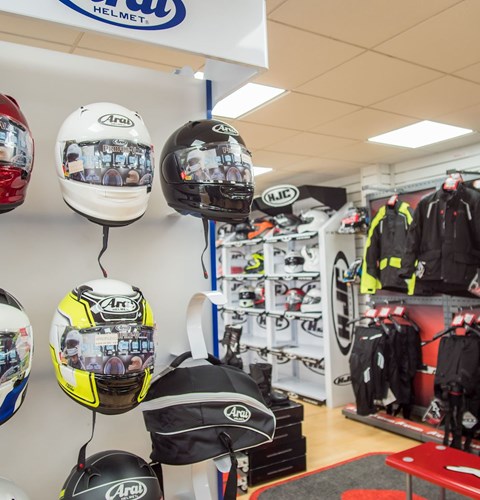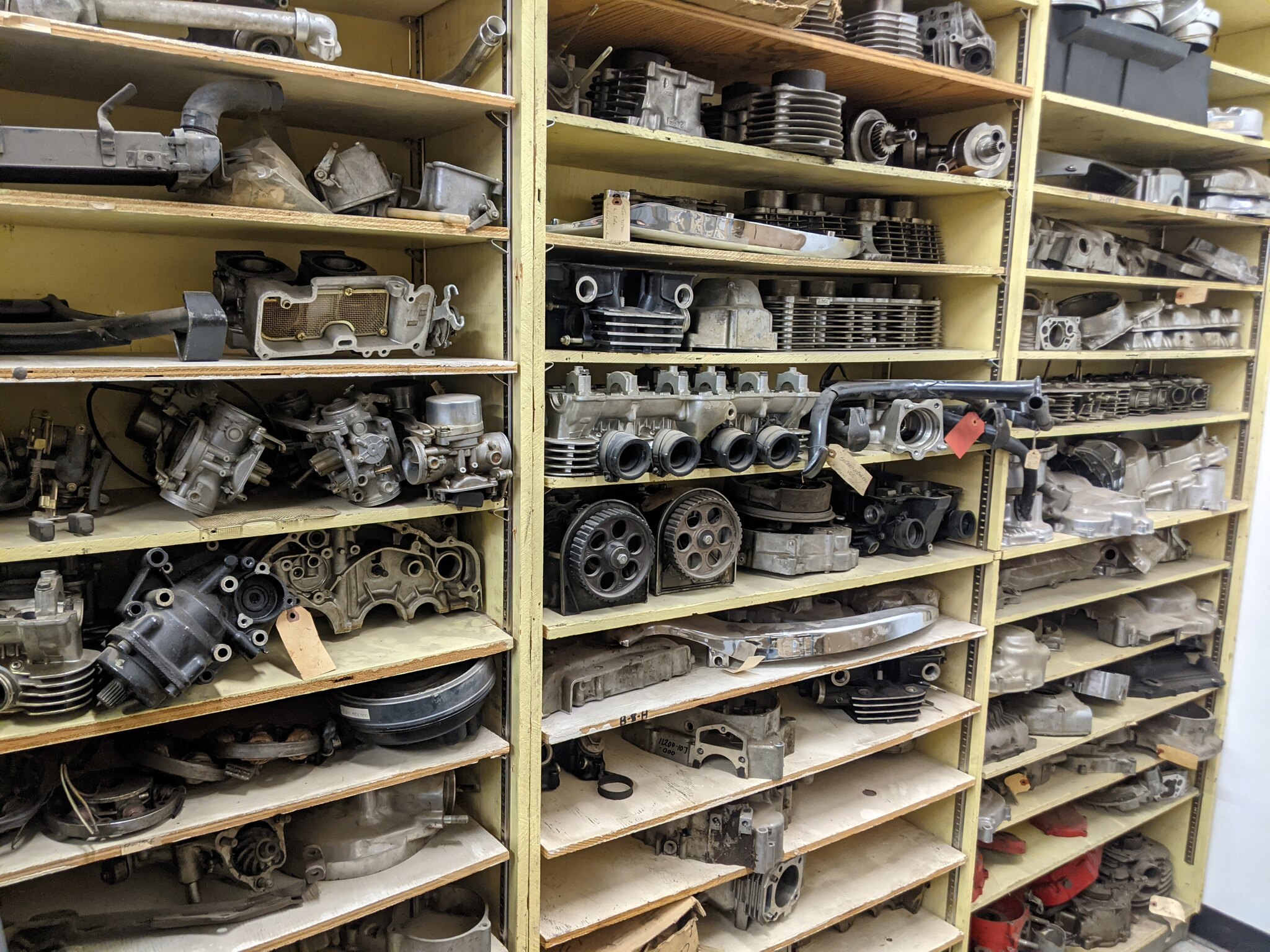Unleash Performance with Costs Motox Parts NZ Available Below
Unleash Performance with Costs Motox Parts NZ Available Below
Blog Article
Understanding Motorbike Gears: Exactly How to Enhance Your Riding Experience
In the realm of motorcycling, mastering the art of gear adjustment is essential for enhancing your riding performance. Effectively using and comprehending bike equipments can substantially affect acceleration, gas, and control efficiency, changing an ordinary experience into a smooth, thrilling journey. By including exact shift timing and adjusting gear selection to different road problems, bikers can ensure optimum engine performance and safety and security. The subtleties of clutch control, throttle coordination, and equipment mechanics bid a deeper expedition, promising to open the full possibility of your maker. How can these strategies be utilized to absolutely enhance your riding experience?
Comprehending Equipment Mechanics
How do the ins and outs of equipment auto mechanics affect bike efficiency? At the core of bike characteristics, equipment technicians play a crucial role in transforming engine power right into activity, inevitably determining rate and control. Gears, meticulously crafted components, allow riders to optimize torque and rate, making certain a smooth change via various terrains and speeds. The gear ratios, carefully designed, establish the relationship between engine revolutions and wheel turns, impacting velocity and gas performance.
Comprehending equipment auto mechanics begins with identifying the relevance of the gearbox, which houses numerous gears of varying dimensions. These gears interact with a process referred to as meshing, where teeth of different equipments engage to send power. The precision of this communication is essential; any kind of misalignment or damages can lead to inefficient power transfer, hindering efficiency. Additionally, the arrangement and dimension of gears affect the bike's ability to handle various loads and speeds.
Moreover, the idea of equipment shifting is essential to maximizing performance. Timely and smooth shifts make sure that the engine runs within its optimal power band, protecting against unnecessary stress and improving long life (motocross gear). By understanding these mechanical details, bikers can accomplish an unified mix of effectiveness, control, and power, boosting their riding experience
Timing Your Changes
Shift timing proficiency is crucial for optimizing motorcycle performance and enhancing the riding experience. Correctly timed shifts guarantee that the engine operates within its ideal power band, which is vital for keeping control, attaining smooth velocity, and making certain the long life of the bike. Cyclists have to create an instinctive feeling of when to move gears, which involves understanding the relationship in between engine revolutions per minute (RPM) and rate.
To understand change timing, pay attention to the engine's noise and feel, as these offer vital clues concerning when to transform gears. When the engine approaches the upper array of its power band without getting to the redline, the optimal shift factor normally happens - mx gear nz. Changing as well early can result in an absence of power, while changing as well late may create unneeded engine stress
Additionally, roadway problems and riding style influence change timing. In comparison, during freeway riding, less shifts at higher rates can be more suitable.
Enhancing Gas Performance
While grasping motorbike equipments is critical for performance, improving gas performance is equally crucial for both ecological and financial reasons. Optimum fuel consumption not only lowers operational costs however additionally minimizes the ecological footprint of riding. To accomplish this, one have to understand the elaborate connection in between equipment selection and engine efficiency.
To start index with, picking the right gear at suitable speeds can substantially influence gas intake. Riding in a greater equipment at reduced rates can bring about engine hauling, which is detrimental to both fuel economic climate and engine health and wellness. On the other hand, riding in reduced gears at high speeds leads to unnecessary fuel consumption. Thus, maintaining an optimal balance by shifting equipments in alignment with roadway problems and prepared for maneuvers is crucial.
In addition, normal upkeep plays an essential function in fuel efficiency. Ensuring that the motorcycle is well-tuned, with clean air filters and appropriately blew up tires, can improve aerodynamics and minimize gas waste. Furthermore, taking on a riding style that welcomes gradual acceleration and smooth slowdown can add to far better gas economy.

Methods for Smooth Transitions
Accomplishing discover this smooth gear changes is fundamental to boosting the riding experience and making sure the longevity of a motorbike's transmission system. Proper equipment shifting not only adds to a seamless adventure however additionally lessens wear and tear on the mechanical elements. To understand the art of smooth shifts, cyclists should concentrate on a few crucial techniques.

Second of all, clutch control plays a critical duty. Engaging and disengaging the clutch smoothly needs technique. The clutch lever ought to be launched progressively, enabling a smooth transfer of power from the engine to the wheels without creating a shock or sudden movement.

Adapting to Roadway Conditions
Navigating diverse road conditions is a vital skill for any motorcyclist aiming to maintain control and safety. Whether you're riding on damp surface areas, crushed rock roads, or navigating doglegs, your capacity to adjust your equipment usage and riding technique is paramount. Understanding just how to readjust your gears appropriately can considerably impact grip and security, guaranteeing a safer trip.
On damp roads, it is a good idea to maintain greater equipments to decrease torque and reduce wheel spin. This approach aids preserve grip on unsafe surface areas, enabling for smoother velocity and deceleration. On the other hand, when riding on gravel or uneven surface, lower gears are preferable. Reduced equipments provide far better control and permit you to react more quickly to unforeseen changes in the roadway surface.
Sharp curves demand accurate gear monitoring to balance rate and control. Downshifting prior to going into a curve can aid preserve energy while making certain the motorbike continues to be steady throughout the turn. Regular practice in different problems enhances your capability to predict and respond to modifications in roadway appearance and incline.
Conclusion
Mastering motorcycle gears significantly improves the riding experience by boosting control, gas, and velocity effectiveness. Adapting gear selection to various roadway problems, such as utilizing higher gears on damp surface areas and reduced gears on gravel, more boosts handling and security.
Comprehending gear mechanics starts with identifying the relevance of the gearbox, which houses multiple equipments of differing sizes. These equipments connect with a process recognized as meshing, where teeth of various gears engage to send power (motorcycle shop). Mild modifications to the throttle during equipment shifts can avoid jerky movements and keep a constant riding pace
Whether you're riding on damp surface areas, gravel roadways, or navigating sharp turns, your capacity to adjust your gear use and riding method is critical. Adjusting equipment choice to numerous road conditions, such as making use of higher equipments on wet surface areas and lower equipments on gravel, further improves handling and safety.
Report this page